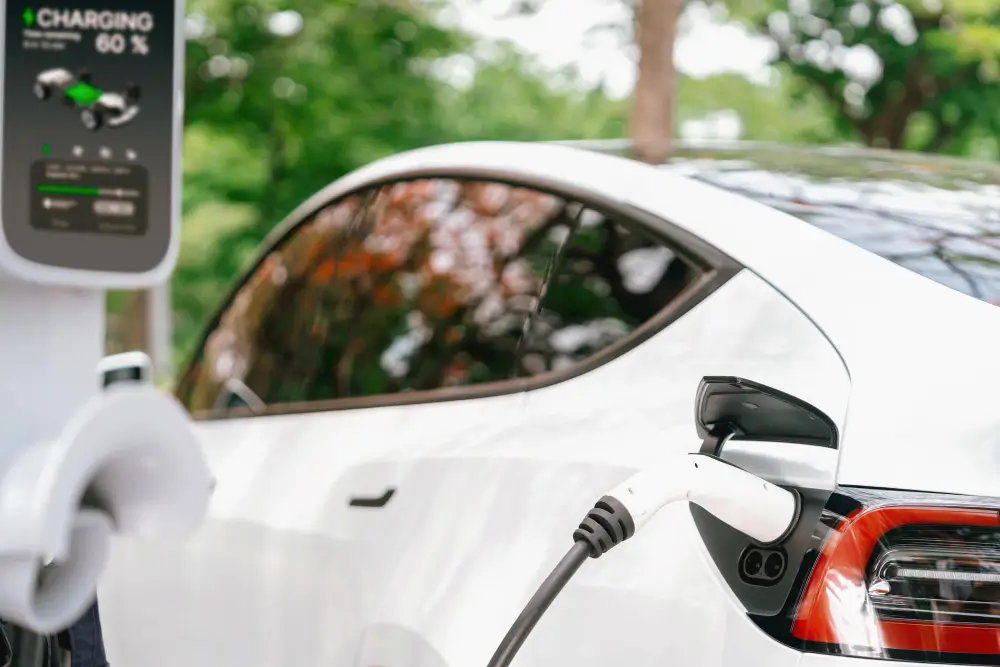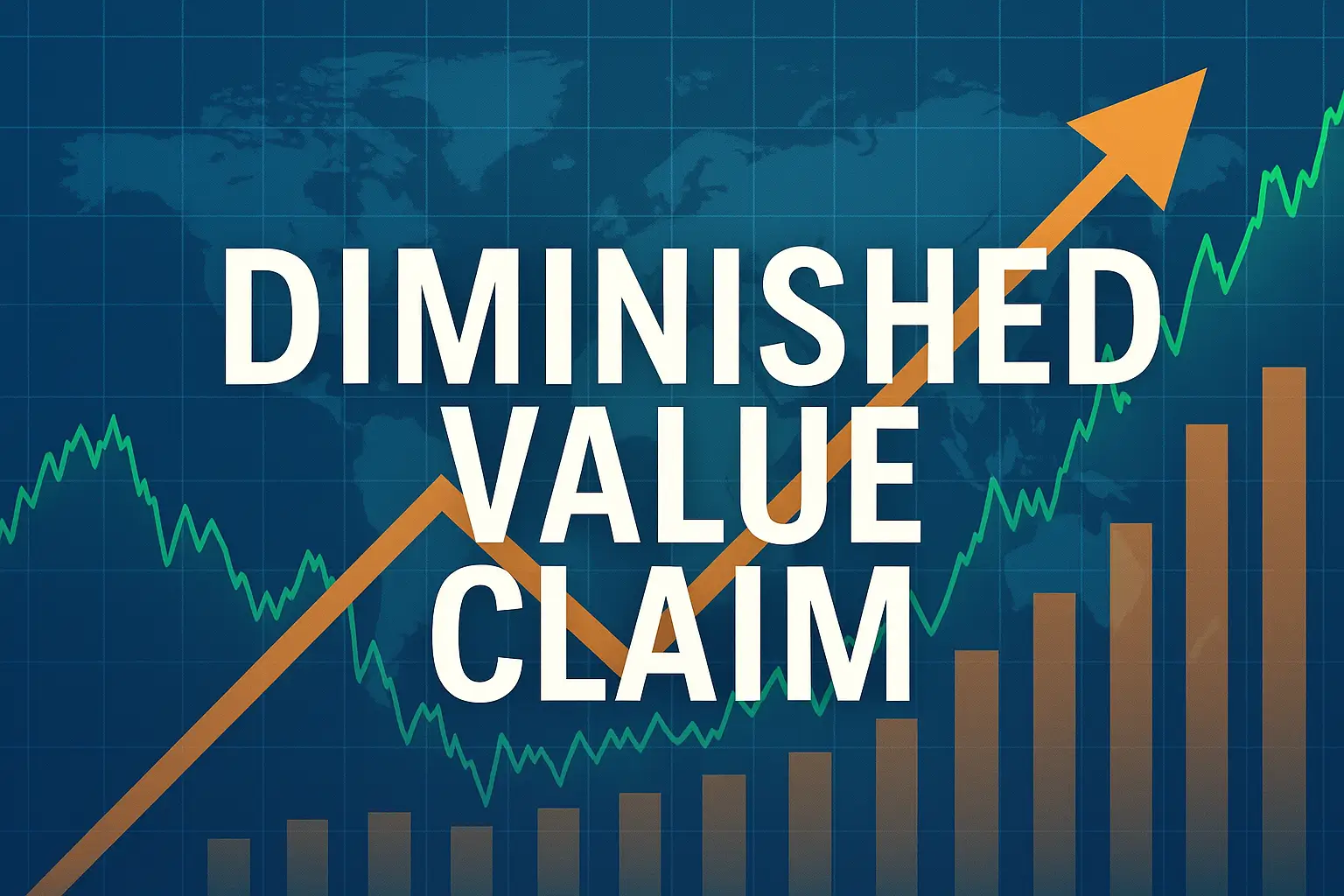The Biden administration’s new tariffs on Chinese electric vehicles won’t have a huge immediate impact on American consumers or the car market because very few such cars are sold in the United States. But the decision reflects deep concern within the American automotive industry, which has grown increasingly worried about China’s ability to churn out cheap electric vehicles.
American automakers welcomed the decision by the Biden administration on Tuesday to impose a 100 percent tariff on electric vehicles from China, saying those vehicles would undercut billions of dollars of investment in electric vehicle and battery factories in the United States.

Are Chinese Electric Cars a Threat to U.S. Automakers? (PDF)
The Tariff Tango: Why It Matters
“Today’s announcement is a necessary response to combat the Chinese government’s unfair trade practices that endanger the future of our auto industry,” Senator Gary Peters, a Michigan Democrat, said in a statement. “It will help level the playing field, keep our auto industry competitive and support good-paying, union jobs here at home.”
On Tuesday, President Biden announced a series of new and increased tariffs on certain Chinese-made goods, including a 25 percent duty on steel and aluminum and 50 percent levies on semiconductors and solar panels. The tariff on electric vehicles made in China was quadrupled from 25 percent. Chinese lithium-ion batteries for electric cars will now face a 25 percent tariff, up from 7.5 percent.
Impact on Chinese EVs in the U.S. Market
The U.S. market sees only a few imports from China, be they electric or gasoline vehicles. One notable model is the Polestar 2, an electric vehicle manufactured in China by a Swedish brand under the substantial ownership of Zhejiang Geely, a Chinese company. With President Biden’s recent tariff announcement, Polestar is now reevaluating its strategies.
In their statement, Polestar emphasized, “We believe that free trade is crucial to accelerating the shift to sustainable mobility through greater E.V. adoption.”
In the first quarter of this year, Polestar’s U.S. sales amounted to just 2,200 vehicles. However, the company has plans to start producing the Polestar 3 at a South Carolina plant managed by Volvo later this year, marking a significant step in their expansion efforts.
Volvo’s Strategy and Challenges
Volvo sells a Chinese-made plug-in hybrid sedan, the S90 Recharge, in the United States, and plans to start importing a new small sport utility vehicle, the EX30, to the United States from China this year. The car is expected to start at $35,000, making it one of the most affordable battery-powered models available in the country. The model has quickly become Volvo’s top-selling vehicle in Europe.
Volvo said on Tuesday that it was evaluating the potential impact of Mr. Biden’s new tariffs on its plans.
U.S. Automakers’ Investment and Concerns
Tesla, G.M., Ford, Volkswagen, Hyundai, and several other automakers have invested tens of billions of dollars in battery and electric vehicle factories in the United States. But with the exception of Tesla, automakers in the United States, Europe, and Japan trail Chinese companies in scale, raw materials production, and key technologies.
Contemporary Amperex Technology Company Limited, or CATL, the Chinese manufacturer that is the world’s largest producer of electric car batteries, said last month that it had developed a battery that could charge up enough in 10 minutes to allow a car to travel about 370 miles — a major leap compared with the batteries used by established Western and Asian automakers, including Tesla.
Chinese EVs’ Competitive Edge
China’s lead in electric vehicles, which are seen as central to the auto industry’s future, has spurred concerns that Chinese cars could hit the U.S. market at prices that G.M., Ford, and other traditional automakers wouldn’t be able to compete with.
BYD, a leading and fast-growing Chinese car and battery company, already sells a compact electric car, the Seagull, for less than $15,000 in China. And on Tuesday, it said it would begin selling a plug-in hybrid pickup truck in Mexico, although it added that it did not yet plan to sell the vehicle in the United States.
Chinese automakers like BYD, Geely, and SAIC have been increasing car exports to Europe, Latin America, and various Asian countries. The European Commission, the executive arm of the European Union, is investigating Chinese state subsidies to electric carmakers.
Overproduction and Market Saturation
Some representatives of the U.S. auto industry have said the Chinese government’s support of its automakers has left factories there with the capacity to make vastly more cars than can be sold in the country.
“They’ve got a major E.V. overcapacity problem,” said John Bozzella, president of the Alliance for Automotive Innovation, the main lobbying arm for U.S. automakers.
“They’re building too many E.V.s — too many heavily subsidized E.V.s — for the domestic market and have no choice but to look abroad to offload those vehicles at budget prices,” Mr. Bozzella added. “The competitiveness of the auto industry in the U.S. will be harmed if heavily subsidized Chinese E.V.s can be sold at below-market prices to U.S. consumers.”
Chinese officials have denied that the country is overproducing electric vehicles, solar panels, and other products targeted by the Biden administration. “We hope the U.S. can take a positive view of China’s development and stop using overcapacity as an excuse for trade protectionism,” a spokesman for the Chinese Embassy in Washington, Liu Pengyu, said on Tuesday.
The Price War: Tesla’s Strategy
Automakers have already had a taste of how price competition can disrupt their electric vehicle plans. Over the last year, Tesla has cut prices on its models several times, reducing the costs of some models by more than 20 percent in total. Those cuts, combined with a slowdown in the growth of electric car sales, have made it extremely hard for G.M. and Ford to make money on battery-powered models.
In the first three months of the year, Ford’s electric vehicle division lost $1.3 billion before taking into account some expenses. Both Ford and G.M. have slowed electric vehicle production and delayed the introduction of new models. While G.M. is losing money on electric cars, the company has said it expects those vehicles to begin generating profits later this year.
The Future of EVs in America
The Biden administration is pushing hard to encourage the domestic production of batteries and electric vehicles as part of its strategy to combat climate change and promote U.S. manufacturing.
But it’s not just competition from China that poses a challenge. Interest in electric cars among Americans has waned over the past year, mainly because these vehicles still come with a hefty price tag. Additionally, many potential buyers are hesitant due to concerns about the availability of convenient charging stations.
According to Kelley Blue Book, 269,000 electric vehicles were sold in the U.S. during the first quarter of this year. This is a modest 2.6 percent increase compared to the previous year, whereas the total sales of cars and light trucks grew by more than 5 percent to 3.8 million units.
“Adopting an electric vehicle often requires a significant lifestyle change,” said Jessica Caldwell, executive director of insights at Edmunds. “A lot of people simply don’t want the hassle that can come with owning an E.V.”
Final Thoughts
The Biden administration’s new tariffs on Chinese electric vehicles highlight a broader strategy to protect and promote the U.S. auto industry amidst growing competition from China. While the immediate impact on consumers might be minimal, the long-term implications for American automakers and their global competitors could be significant.
The challenge remains for U.S. automakers to innovate and compete not just on price, but on technology and consumer appeal. Will American consumers embrace homegrown electric vehicles, or will the allure of affordable Chinese EVs prove too strong?



